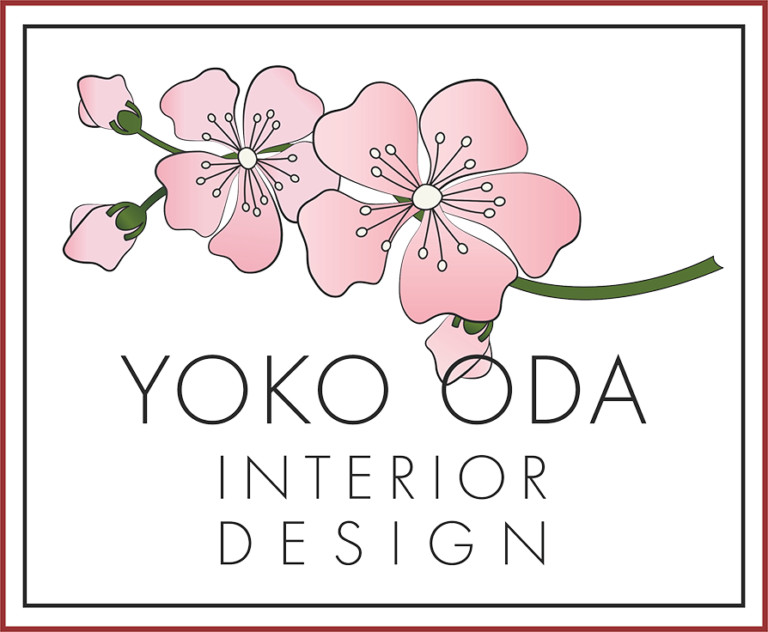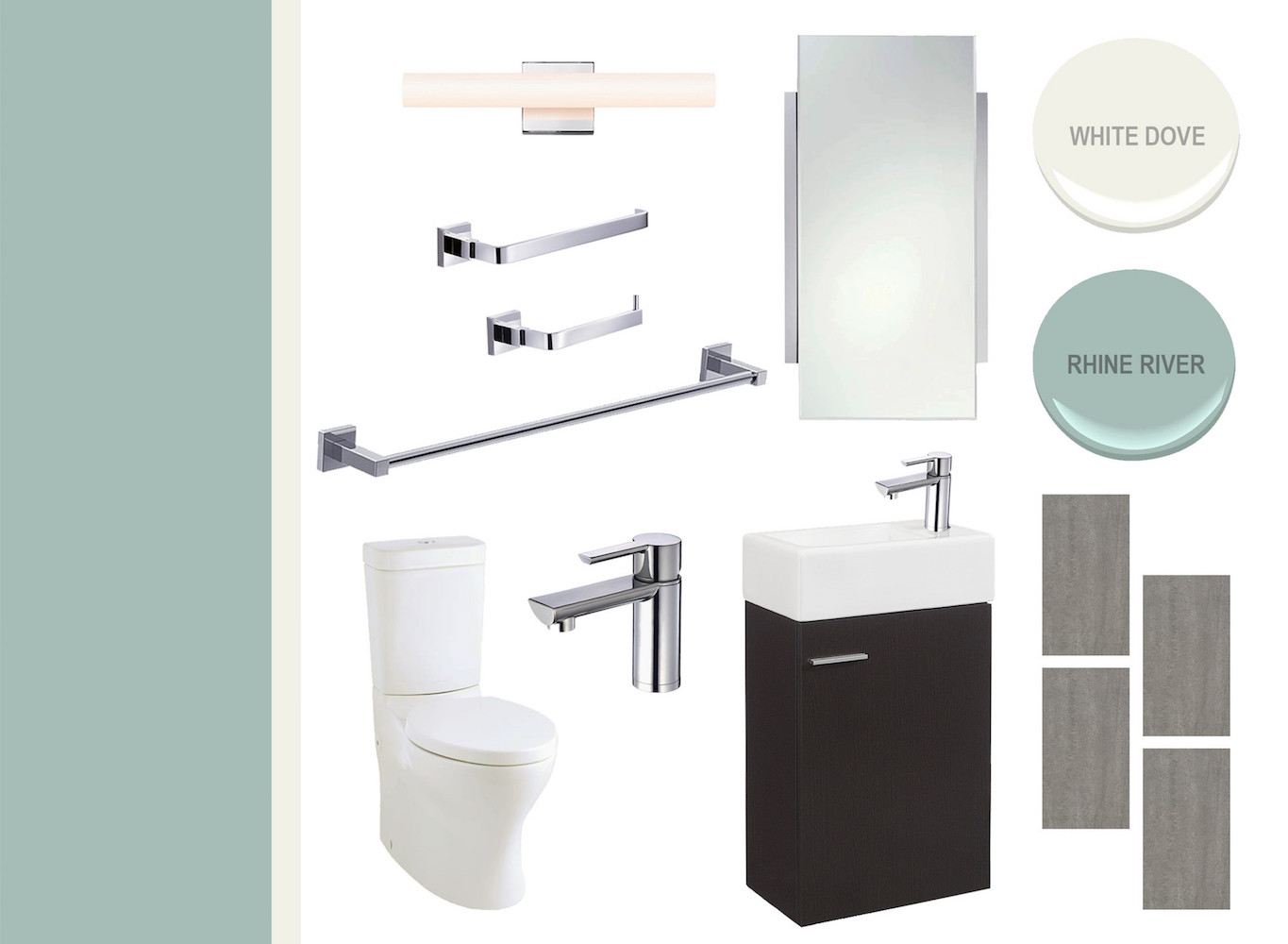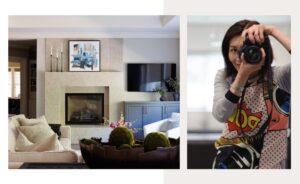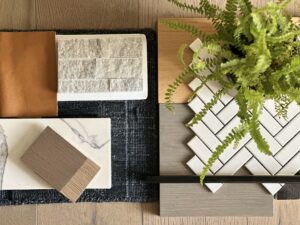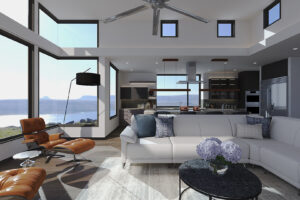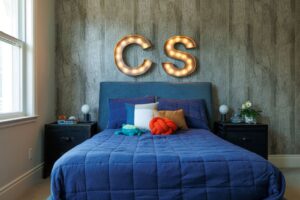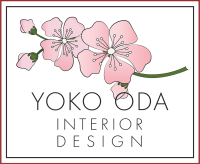Designers often use mood boards to convey ideas, moods, feelings and materials that are hard to communicate in other ways. Mood boards come in handy when you are tackling decorating projects. Interestingly, the use of mood boards is common now since e-design is popular.
What should be in a mood board?
- Key design concept and inspiration
- Colors and finishes – e.g., paint, textile, wood, tile, stone
- Furnishings – e.g., fixtures, furniture, accessories
Because mood boards do not present actual CAD drawings/plans, designers use design boards for more complex projects instead. Traditionally, design boards seem more proper in the industry. A design board is not same as a mood board, and is also called “schematic design” in design textbooks. A design board is a complete design similar to a mood board, but it includes floor plans and elevations with furnishings laid out to scale. This is very important to have for clients who are not just looking to simply update their homes. With a design board, designers can professionally show clients the exact location and dimensions of every piece in their home in addition to architectural details. A design board provides clients with confidence, and it’s what you formally receive from us. In other words, after presenting a mood board to a client, designers still need to present plans in scale.
A mood board is an arrangement of images, materials, and colors that evokes the style of a project or concept. For many, a mood board is the springboard for design creativity. The mood board you create should be an organized display of your thoughts and ideas, and as an end result, a board should then be a useful tool you can use to effectively communicate your design ideas to your client. A mood board is what you’ll typically receive from a “decorator” or stylist. We use it solely to convey ideas for a simple decorating project only.
Mood boards seem to help clients to get inside my head in order to convey especially a thematic idea for a design. That said, mood boards can be a pain to create, with many hours spent trawling image galleries, and websites looking for that perfect image to sum up your intended feel for the work at hand.
Having said all this, if you are tackling a decorating project, it’s a great way to see all items and ideas come together. One can make it with printouts, magazine clippings, paint chips, etc. Have fun!!
*Featured image of mood board by Yoko Oda Interior Design, LLC.
